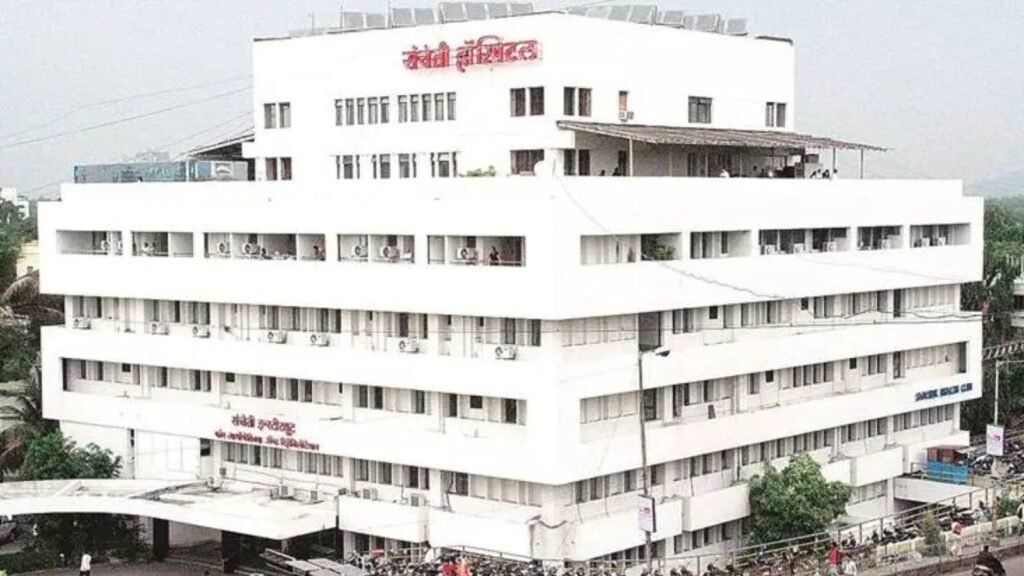When a 50-year-old woman from Bareilly was wheeled into Sancheti Hospital in Pune a few months ago, she was in agonizing pain and had lost the ability to walk. Her condition was rapidly deteriorating. Imaging studies showed a severe collapse of the spine due to a rare but potentially destructive spinal tumour.
“This was not just another spine fracture. The tumour had eaten away at the bones in her lower spine, much like termites hollowing out the wooden pillars of a house. This was a biomechanical emergency with the spine’s foundation compromised, requiring complete reconstruction,” Sancheti Hospital’s chief spine surgeon Dr Shailesh Hadgaonkar said.
The spinal tumour – cavernous hemangioma — had caused structural failure in the lumbosacral region, the critical area between the lower back and the pelvis. “She was on the brink of permanent disability,” Dr Hadgaonkar recalled. The tumours, often asymptomatic, can in rare cases expand aggressively, eroding the vertebral body.
“Usually, doctors repair spinal fractures with screws, rods, or sometimes bone cement. But in this case, that was not enough. The damage was too extensive. Her spine needed a complete rebuild—like fixing the base of a multi-storey building that has caved in,” Dr Hadgaonkar said.
The location of the tumour at the lumbosacral junction made it particularly difficult to stabilize due to the biomechanical stress this area endures during standing, walking, and sitting.
Dr Hadgaonkar and his team decided to use a spinal stent—a metal mesh device that expands like a spring inside a broken bone—to rebuild the crushed part of her spine.
“Stents are usually used in blood vessels or sometimes in simple spine fractures, but this is perhaps for the first time it has been used for a spinal tumor-related collapse in the lumbosacral area (where the spine connects to the pelvis),” Dr Hadgaonkar said.
Story continues below this ad
The use of cement augmentation for spinal tumours traces back to 1985 when a French surgeon first applied the technique to treat tumour-related fractures. Over time, vertebroplasty and kyphoplasty became mainstays for osteoporotic fractures and select tumours. “However, using a spinal stent for anterior column reconstruction in a tumour-induced spinal collapse at the lumbosacral junction is unprecedented,” Dr Hadgaonkar added.
The patient who recently visited the hospital for a follow-up said her pain had reduced, and neurological symptoms improved steadily. The patient observed that she was able to walk properly six months after surgery.




